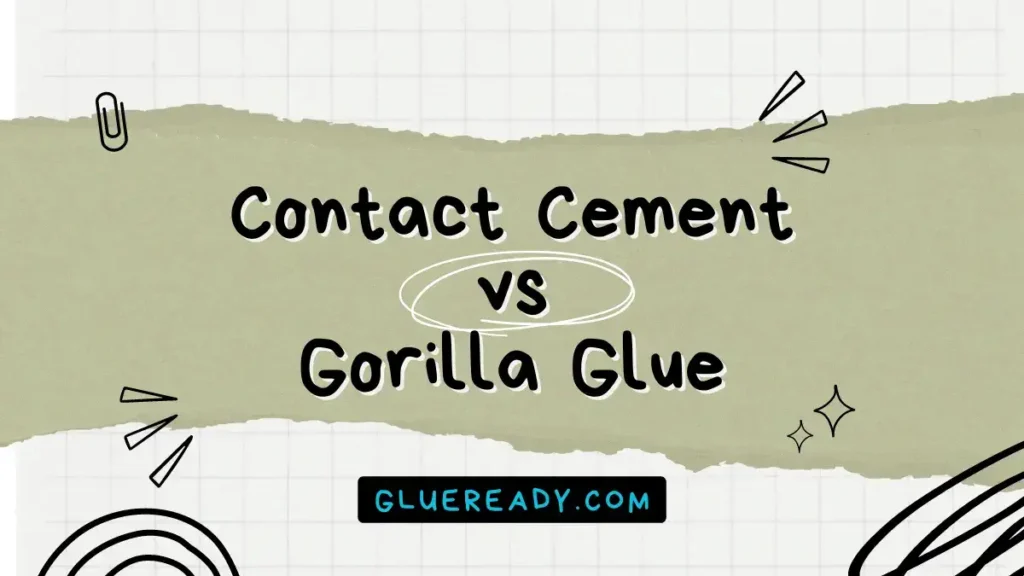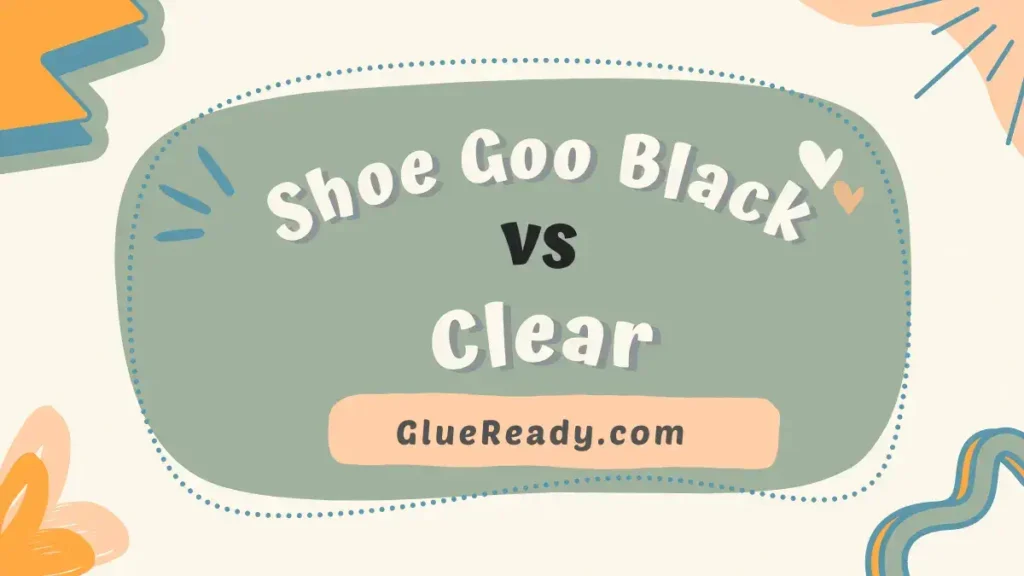Loctite Shoe Glue vs Shoe Goo

In a world of constantly evolving technology and innovations, it’s no surprise that even the realm of footwear maintenance has seen significant advancements.
Two of the most popular glues for shoes are Loctite Shoe Glue and Shoe Goo.
Both of them claim to be strong, versatile, and easy to use. But which one is better for your shoes?
Loctite Shoe Glue is an instant adhesive that can bond various materials, while Shoe Goo is an adhesive and sealant that can fill gaps and holes in your shoes.
In this article, I will extensively compare Loctite Shoe Glue vs Shoe Goo and help you decide which one to use.
Read More: Shoe Goo Review
What is Loctite Shoe Glue?
Loctite Shoe Glue is a type of instant adhesive that can bond various materials, such as leather, rubber, synthetic fabrics, and metal.
It is similar to superglue, but it has some advantages over it. For example, Loctite Shoe Glue is resistant to water, heat, shock, and vibration.
It also has a longer repositioning time, which means you can adjust the parts before the glue sets.
Loctite Shoe Glue is ideal for repairing shoes that are exposed to harsh conditions or extreme temperatures.
It can also be used to attach new parts or accessories to your shoes, such as studs, buckles, or straps.
Loctite Shoe Glue comes in different formulations, such as heat-resistant and water-resistant variants. You can choose the one that best suits your needs.

What is Shoe Goo?
Shoe Goo is a type of adhesive and sealant that can fill gaps, holes, and cracks in your shoes.
It is made of synthetic rubber and solvents, which make it flexible and durable.
Shoe Goo can also be used to reinforce or protect parts of your shoes that are prone to wear and tear, such as soles, heels, or toes.
Shoe Goo is ideal for repairing shoes that are used for recreational or sports purposes. It can also add extra traction or cushioning to your shoes.
Shoe Goo is water-resistant and works well on various materials, such as leather, vinyl, rubber, or canvas.
However, it is not suitable for extreme conditions or high temperatures.

Read More: Shoe Goo vs Shoe Goo 2
Loctite Shoe Glue vs Shoe Goo Comparison Table
| Feature | Loctite Shoe Glue | Shoe Goo |
| Type | Instant adhesive | Adhesive and sealant |
| Setting Time | 15 minutes | 24 hours |
| Fumes | Strong | Less |
| Filling | No | Yes |
| Damage Repair | Small tears or cracks | Large gaps or holes |
| Heat-Resistant | Yes | No |
| Water-Resistant | Yes | Yes |
| Material Compatibility | Leather, rubber, synthetic fabrics, metal | Leather, vinyl, rubber, canvas |
How to Choose Between Loctite Shoe Glue and Shoe Goo?
To choose between Loctite Shoe Glue and Shoe Goo, you need to consider some factors, such as:
Type of material
On leather and synthetic materials, Loctite Shoe Glue works best. Canvas and other fabrics do not work well with it.
Shoe Goo works well on various materials, including rubber, vinyl, leather, or canvas.
The Extent of the damage
Loctite Shoe Glue is good for repairing small tears or cracks in your shoes. It can also be used to attach new parts or accessories to your shoes.
Shoe Goo is good for filling large gaps or holes in your shoes. It can also be used to reinforce or protect parts of your shoes that are prone to wear and tear.
Purpose of the repair
Loctite Shoe Glue is good for repairing shoes that are exposed to harsh conditions or extreme temperatures. It can also be used to customize your shoes with new parts or accessories.
Shoe Goo is good for repairing shoes that are used for recreational or sports purposes. It can also add extra traction or cushioning to your shoes.
Based on these factors, you can decide which glue is better for your shoes. For example:
- If you have a pair of leather boots that have a small tear in the upper part and you want to fix them before going on a hiking trip in cold weather, you should use Loctite Shoe Glue.
- If you have a pair of canvas sneakers that have a large hole in the sole and you want to fix them before playing basketball with your friends in the park, you should use Shoe Goo.
Frequently Asked Questions (FAQs)
Is Loctite Good for Shoes?
Yes, the flexible formulation of Loctite Shoe Glue makes it an excellent choice when it comes to shoe repairs because it bonds to a wide range of materials.
With its superior adhesive properties, its resistance to vibrations, shock, and extreme temperature changes, it is ideal for shoes used in extreme weather conditions.
Is Shoe Goo Just Rubber Cement?
No, Shoe Goo is not just rubber cement. An abrasion-resistant synthetic rubber is incorporated into this specialized rubber cement with a cleaning/degreasing solvent.
The combination of these two ingredients makes Shoe Goo ideal for repairing shoes and other rubber-based products.
Read More: Shoe Goo vs Rubber Cement
Final Thoughts
In the showdown between Loctite Shoe Glue and Shoe Goo, both products have their own strengths and areas of expertise.
Loctite Shoe Glue shines in its ease of application and flexibility, making it an excellent choice for delicate repairs.
Shoe Goo, with its thicker consistency, offers a more robust protective layer and is ideal for more extensive repairs and reinforcement.
However, Loctite Shoe Glue and Shoe Goo are both effective glues for repairing shoes.
To choose the best glue for your shoes, you need to consider the type of material, the extent of the damage, and the purpose of the repair.
You also need to follow the proper steps to use the glue correctly and safely.
I hope this article has helped you compare Loctite Shoe Glue vs Shoe Goo and make an informed decision.






